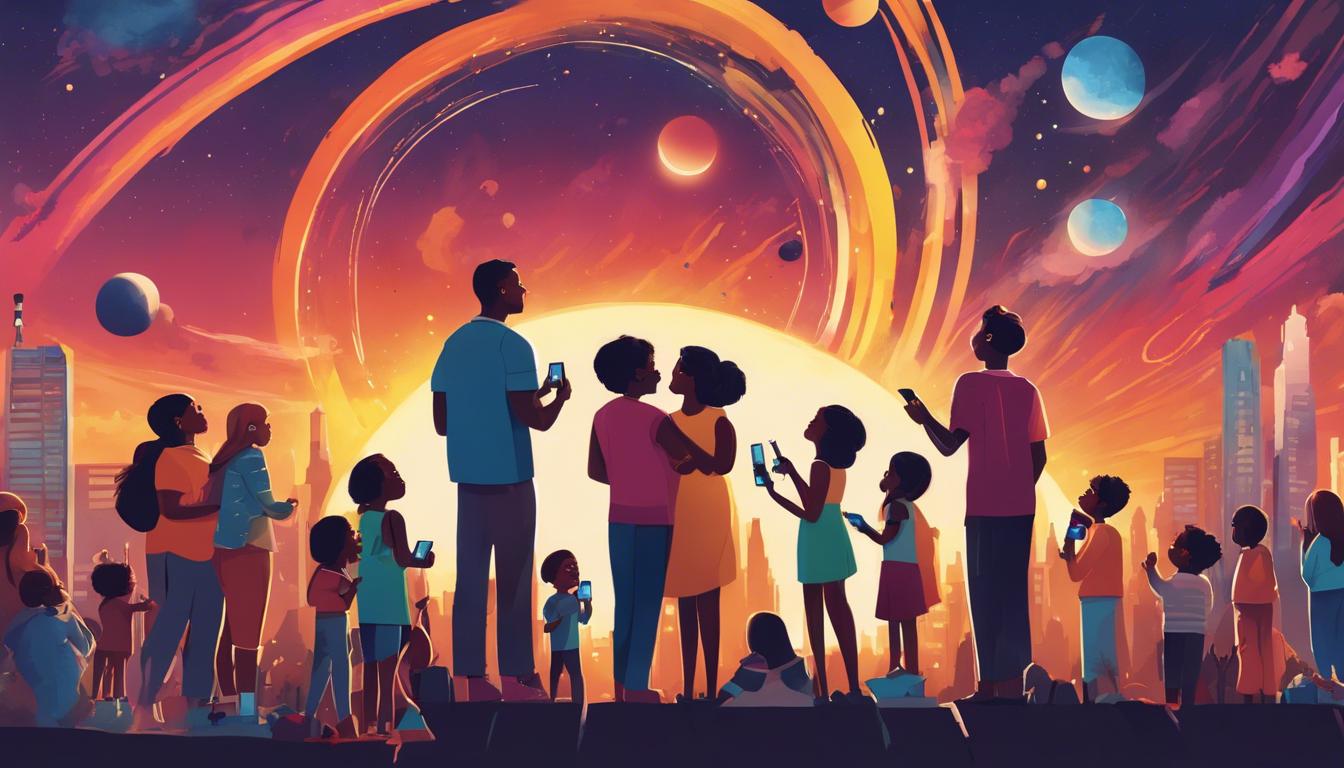On April 8, 2024, a total solar eclipse will captivate millions across North America, offering a rare astronomical spectacle with potential for significant educational impact and communal gatherings.
In April 2024, North America is set to experience a remarkable astronomical phenomenon: a total solar eclipse. This celestial event will occur on the 8th of April, transforming day into night for up to 4 minutes and 28 seconds across a path that spans from Mexico to Canada, including major cities such as Dallas, Indianapolis, and Montreal. This duration is notably longer than the eclipse of 2017, attributed to the moon’s closest approach to Earth, rendering it larger in the sky.
The eclipse will begin over the South Pacific Ocean, with Mexico’s Pacific coast being the first to witness totality at 11:07 am PDT. The shadow will then traverse through several U.S. states—from Texas to Maine—and portions of Tennessee and Michigan, ultimately affecting around 44 million people residing within its path. Regions outside the path will still be able to observe a partial eclipse.
Enthusiasm for the event is palpable across the United States. Families and individuals are making elaborate plans to ensure they are situated in optimal viewing locations, with activities ranging from educational trips to unique combinations of personal interests, such as combining the viewing with a concert. Technologies and apps are being recommended to capture the eclipse, emphasizing the use of protective solar filters for both viewers and cameras to avoid eye damage and equipment harm.
This event presents a significant educational opportunity, enabling direct engagement with a rare natural spectacle. Schools, astronomers, and families are preparing to harness this occasion to experiment, learn, and create lasting memories. With the next total solar eclipse not occurring in North America until 2033, the 2024 eclipse offers a unique moment of communal experience and scientific observation.













